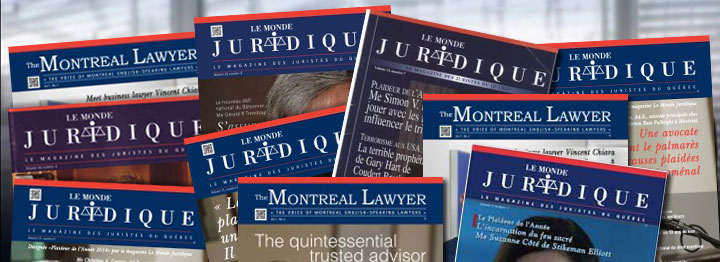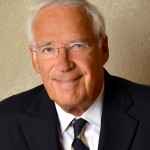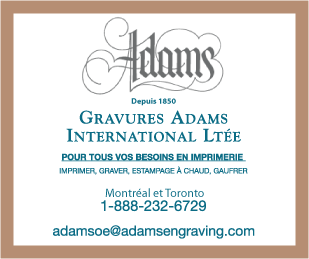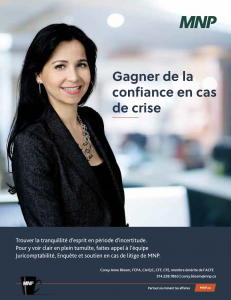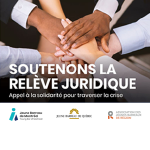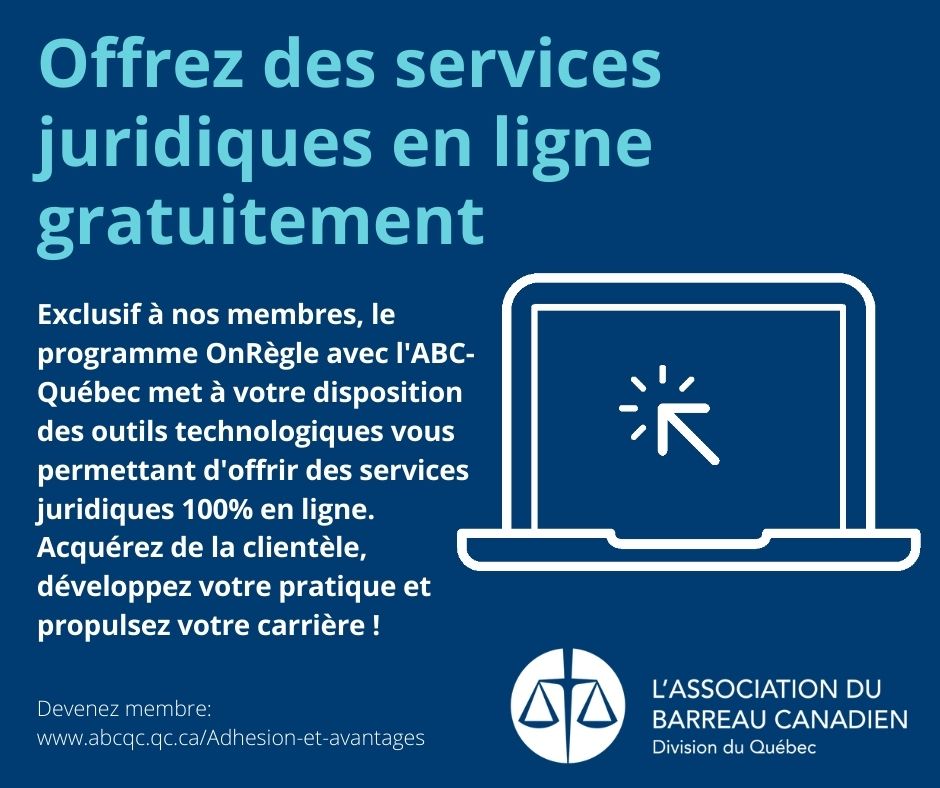Cross-examining an expert
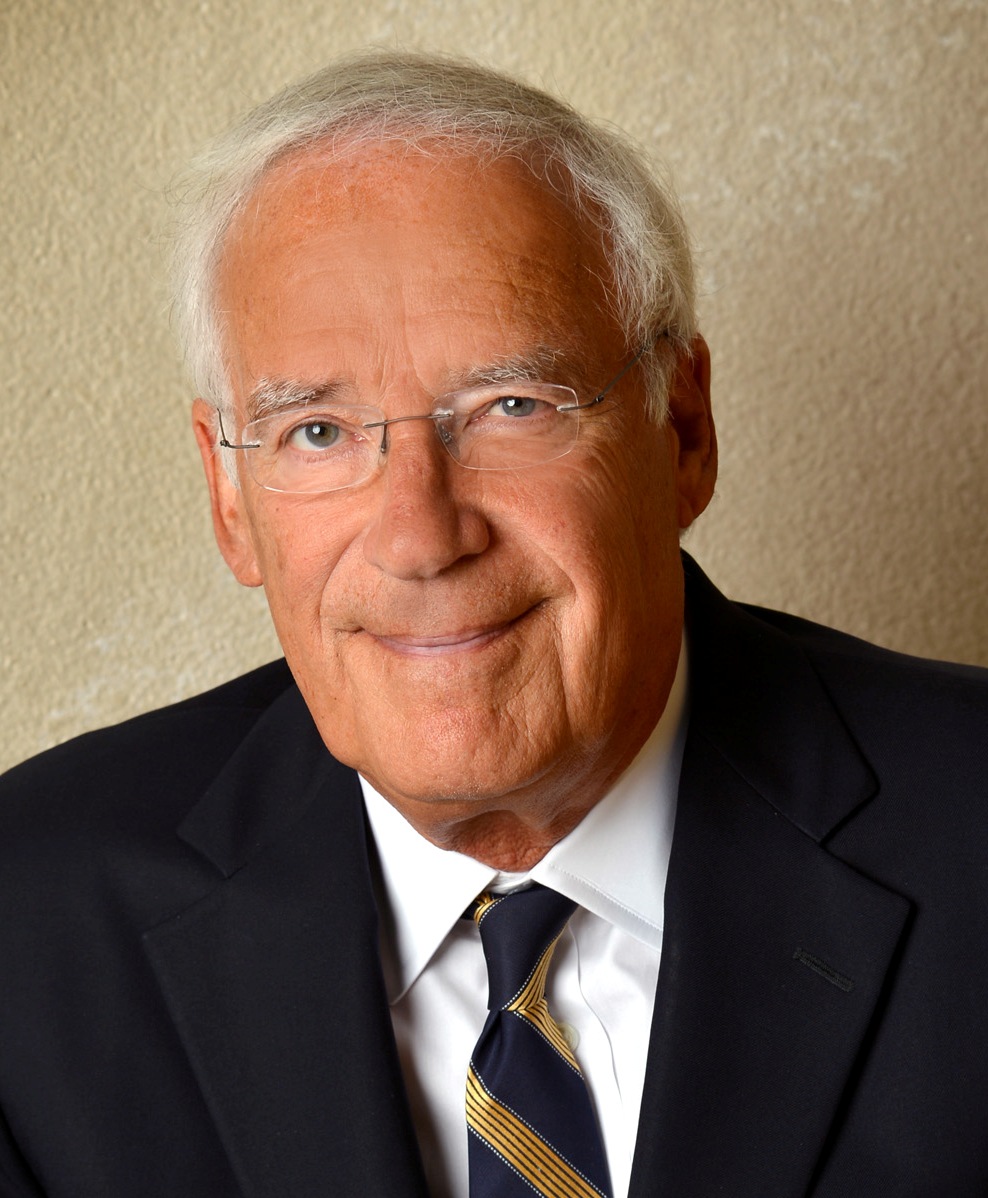
CROSS-EXAMINING AN EXPERT
Richard M. Wise, FCPA, FCA, IFA, FCBV, FASA, MCBA, C.Arb
Partner, Valuation and Litigation Support
MNP LLP
Cross-examination is such a critical part in the trial process that entire books have been devoted to the subject, providing important advice and guidance.
In preparing this article, I have culled material from selected writings of two prominent Canadian trial lawyers and two American litigators, particularly that with respect to expert witnesses.
The Canadian authors are former Supreme Court Justice John Sopinka, in The Trial of An Action (1981), written when he was a practising litigator, and Ontario District Court Judge Roger Salhany, in Cross-Examination: The Art of the Advocate (1991).
The American authors are Francis Wellman, a 19th century trial lawyer whose celebrated 475-page classic is The Art of Cross-Examination (1903), and Peter Brown, who wrote The Art of Questioning: Thirty Maxims of Cross-Examination (1988).
The books provide informative and colourful insight into these cross-examiners’ strategies and thought processes.
Sopinka states that a witness’ evidence can be contradicted or impeached by (a) previous inconsistent statements, (b) other evidence, (c) contradiction in the witness’ own evidence or inherent improbabilities therein, or (d) attacking his or her memory, power of observation and credibility. However, in cross-examining an expert witness (as opposed to a fact witness), Sopinka suggests the following:
- Be schooled by an equally competent expert.
- Flaw the opposing expert so that your expert is preferred.
- Discredit the expert’s opinion by refuting a basic assumed or found fact.
- If a basic assumption or fact cannot be refuted, attack the expert’s theory [relying upon your own expert].
Salhany emphasizes that the cross-examiner must fully understand the nature and effect of the expert testimony so that it can effectively be attacked. “Some cross-examiners will plunge into a cross-examination of the expert, without assessing whether the witness has hurt his case or not.” He quotes John Henry Wigmore, author of the leading American text, Wigmore on Evidence (1904): “Cross-examination is the greatest legal engine ever invented for the discovery of truth”. However, Wigmore qualifies this by saying: “You can do anything with a bayonet except sit on it. A lawyer can do anything with cross-examination if he is skilful enough not to impale his own cause upon it.” Salhany continues, “If [the expert’s] evidence has hurt you then zero in on the specific issue that you wish to challenge. Don’t start off by attacking his credentials and expertise unless it is necessary”.
Sopinka states that while there are many styles and techniques of cross-examination, it must serve at least to:
- obtain helpful admissions or evidence.
- contradict or impeach the witness.
- create an impression or atmosphere for the judge or jury.
However, counsel must first decide whether to even cross-examine, and, if so, what it would accomplish … and whether, by not cross-examining, it will imply to the court that the expert’s evidence is accepted.
Wellman suggests that nothing could be more absurd or a greater waste of time than cross-examining a witness who has testified to no material fact against the lawyer’s case. He observes that many trial lawyers seem to feel it is their duty to cross-examine every witness who is sworn; they appear to be afraid that if they do not cross-examine, their client will suspect them of ignorance or inability to conduct a trial.
Brown gives the following advice:
“… the early masters understood better than today’s professors the importance of foregoing cross-examination and the stupidity of having an adverse witness repeat and thus reinforce all that was said so damagingly on direct … .
“More cross-examinations are suicidal than homicidal. When in doubt don’t ask a question. When in doubt don’t cross-examine. Do only what’s necessary, and then get the hell out”.
He refers to the comments of another celebrated early 20th century American trial lawyer, Max Steuer, who had 40 years of experience as a cross-examiner:
“… cross-examination should be pointed to two objectives: either to destroy the story told by the witness or to destroy the witness himself. If neither of these objectives is attainable (and if you have properly prepared your case, you should know the prospect) a pointless and scoreless cross-examination does your case more harm than good. And when you have scored your point on cross-examination, for heaven’s sake, quit.”
Salhany says:
“… Properly conducted, cross examination is the best method for testing the value of human statements. Badly conducted, it can destroy one’s own cause.
“Cross-examination should strive to achieve two goals. The first is to weaken the case for the other side by discrediting the testimony of the witness in chief. The second is to elicit evidence from the witness which will establish facts favourable to the cross-examiner’s side. Those goals are not necessarily mutually exclusive. Often in seeking to achieve one, the cross-examiner may be successful in achieving the other.”
Rules for The Cross-Examiner
The principal “rules” that the cross-examiner should follow are summarized in the remainder of this article.
- Size-up your witness.Salhany categorizes witnesses under various headings, including:
- The brilliant witness, and
- The garrulous witness.
Each of his witness categories requires a special approach by the cross-examiner in attempting to attack the testimony.
- Begin the cross-examination dramatically.Sopinka believes that the best technique is a dramatic beginning: This is when counsel has the attention of the judge and when the witness is most vulnerable. Counsel should not permit the witness to become acclimatized and gain confidence; rather, put to the witness an early series of questions that go to the heart of the matter.
- Don’t ask a question in a courtroom context without knowing the answer first.Sopinka notes that while this is a general rule, there can be exceptions:
“The truth lies in between. In a strong case, not dependent on cross-examination, the cross-examiner should take no chances. He should restrict his questions to matters that are either not capable of doing damage or in respect of which the witness is constrained by previous statements. But in a case that depends on cross-examination this approach is too stultifying. The cross-examination must be built up on probabilities. The cross-examiner tries to foresee the different answers that may be given and formulates questions to meet them. … .”
- Don’t ask why.Brown believes that the only times when you can ask “why” in cross-examination is when the adverse witness is inextricably “impaled” or if counsel’s pre-trial examination-for-discovery and other testimony has made him/her aware of facts that the opposing party simply cannot explain away. In this latter context the question “why” is rhetorical and the witness’ silence tells the tale.Once the witness/evidence has been discredited, don’t ask more questions. If cross-examining counsel continues to ask more questions, the witness may be afforded an opportunity of explaining away prior admissions. Similarly, counsel should not over-stress, as this may provide the witness an opportunity of qualifying his or her answer or shrewdly placing the matter in another context. As Brown notes, “you will have plenty of opportunities to emphasize the damaging admission or testimony in summation to the … .”
- Don’t ask open-ended questions.Brown suggests that counsel’s questions should be short, definite, clear, pithy, without characterization and close-ended. Counsel should not ask general questions that the witness can answer with a speech. This would give the hostile witness a chance to bring in testimony otherwise inadmissible and self-serving. Counsel must control the opposing witness on cross-examination or the witness will destroy the questioner and, in turn, the client’s cause. For the hostile witness, leading questions (permitted in cross-examination but not in direct) or close-ended questions are those that call for a “yes” or “no” response such as “Isn’t it correct … ?”. In fact, all questions in critical areas should be close-ended. By carefully limiting the answers, counsel can successfully preclude the expert from expounding on his/her theories and reasserting his/her opinions and explanations. Counsel may even succeed in planting seeds of doubt in the court’s mind about the expertise of the witness.
- Don’t put the evidence of your own expert to the expert you are cross-examining.Sopinka says any direct reference to counsel’s own expert should be limited to only an admission (which will normally be forthcoming) by the opposing expert on the witness stand that counsel’s own expert is well-qualified and highly regarded: “While much of the substance of your expert’s theory will be put to the witness, a specific identification of your expert’s evidence in the question may result in getting a rebuttal in advance”.
In Part II, I summarize the authors’ additional rules for cross-examining an expert.
Part I of my article summarized various rules for the cross-examiner that I had culled from the writings of John Sopinka, Roger Salhany, Francis Wellman and Peter Brown. Part II provides more rules.
- Show that the expert’s conclusion is erroneous not because the expert is not qualified but because the facts relied upon are inadequate to draw such a conclusion.Wellman says that it is generally unwise for the cross-examiner to attempt to cope with an expert in the latter’s own field of inquiry. Lengthy cross-examinations along the lines of the expert’s theory are usually disastrous and should rarely be attempted and that “[w]hen the cross-examiner has totally failed to shake the testimony of an able and honest expert, he should be very wary of attempting to discredit him by any slurring allusions to his professional ability … ”.Attacking the witness’ expertise will force the cross-examiner to deal in areas where the expert clearly has the edge. But by simply sticking to the facts, the cross-examiner may attempt to neutralize it and retain control of the cross-examination.Salhany states that the foundation for an expert’s opinion and its subsequent validity will depend entirely upon the establishment of the underlying facts. If those facts have been misstated by counsel or it turns out they are not proved or not accepted by the judge, then the entire opinion will crumble. It is crucial, therefore, that an attack be made on the proof of the underlying facts. . Salhany gives an example of how cross-examination might proceed in this respect:
“COUNSEL: If I understand your opinion correctly, it was your opinion that … (the opinion is stated).
“WITNESS: Yes.
“COUNSEL: That opinion, of course, depends entirely upon your assumption of the truth of the facts that my learned friend has related to you.
“WITNESS: Yes.
“COUNSEL: And those facts are (each underlying factual assumption is listed).
“WITNESS: Yes.
“COUNSEL: So it is fair to say then that if it turns out that any one of those factual assumptions is not correct, then your opinion might be different?”
Judge Salhany continues:
“This question puts the witness in a dilemma. It may be that his opinion is not dependent upon every one of those facts. The question, however, is only designed to establish that the opinion might be different. If counsel asked if his opinion would be different, then the witness could properly say in response ‘not necessarily so’. This would place the examiner in the position of having to ask ‘Why do you say that?’. This would leave the witness in a position of having the opportunity of expanding his answer much more fully.
“On the other hand, by asking simply whether his opinion ‘might be different’, leaves it open for counsel in re-examination to ask the following question:
“COUNSEL: In response to my learned friend’s question as to whether your opinion might be the same if all of the assumed facts did not exist, you answered ‘no’. Would it necessarily be different?
“This would give the witness the opportunity to expand fully on his answer.
“The cross-examiner who is secure in his position should pursue the issue and determine what assumed facts are essential to the opinion. He can ask the expert to state what facts he relies upon to support his position. Once he does so then counsel is able to ask the question:
“COUNSEL: Is it fair to say then that if any one of those facts is not true, then your opinion would not be the same?
“WITNESS: Yes.
“What the cross-examiner must then do is attack the evidence in proof of one of those facts. He will then be able to go to the judge … and argue that [the judge] should reject the testimony of the expert because it was dependent upon proof of certain facts which were not established.”
- Use the opposing expert to help your own cause.Wellman suggests that the cross-examination should be directed to bring out such scientific facts from the knowledge of the opposing expert as will help his or her own case, and thus tend to destroy the weight of the expert’s opinion.No question should be put to an expert which is in any way so broad as to give the expert a platform to expatiate on his own views, and thus afford him an opportunity in his answer to give his reasons for his opinions in his own way, which counsel calling him as an expert might not have fully brought out in direct examination.
Wellman warns that:
“The professional witness is always partisan, ready and eager to serve the party calling him. This fact should be ever present in the mind of the cross-examiner. Encourage the witness to betray his partisanship; encourage him to volunteer statements and opinions, and to give unresponsive answers. Jurors always look with suspicion upon such testimony. Assume than an expert witness called against you has come prepared to do you all the harm he can, and will avail himself of every opportunity to do so which you may inadvertently give him. Such witnesses are usually shrewd and cunning … , and come into court well prepared on the subject concerning which they are to testify.”
- Exercise self-control when you have elicited a damaging answer to your cause.Both Brown and Wellman say that rather than showing surprise, the cross-examiner (not to be pulverized by a damaging answer) should appear to take the answer as a matter of course, let it fall perfectly flat and proceed with the next question as though nothing had occurred, or simply say “uhm-mm”. Again, the essential thing is not to lose control of the witness.Sopinka gives the following advice:
“Develop a stoical attitude to bad answers. Go on to something else without apparent emotion. If you think of something to dilute the bad answer, come back to it. Avoid long awkward pauses. … try to finish on a positive note.”
- Don’t be indignant.The late British barrister, Clifford Mortimer, stated that “the secret of cross-examination is not to examine crossly”.The advice to trial lawyers is that indignation can destroy one’s objectivity and judgment. (This rule applies no less importantly to expert witnesses, whose objectivity and credibility are at stake.)
- Make the point with silence.Brown suggests that when the opposing witness during cross has finally been “coaxed or coerced” into making a material admission important to the cross-examiner’s case, it is often effective to pause for a moment and allow the response sink in with the court. “A moment of quiet in the courtroom can be startling, … ”.As Wellman puts it: “It cannot be too often repeated … that saying nothing will frequently have a better result than hours of questioning. It is experience alone that can teach us which method to adopt.” He refers to the story of John Philpot Curran, known as the most popular advocate of his time, who once indulged himself in the silent mode of cross-examination but who had made the mistake of speaking his thoughts aloud before he sat down:“There is no use asking you questions, for I see the villain in your face.” The witness replied with a smile: “Do you, Sir? I never knew before that my face was a looking-glass.”
- Avoid petty points.
Brown suggests that when a witness in direct examination has scored a direct hit on the cross-examiner’s case, and the cross-examiner knows that the witness cannot effectively be turned around, counsel should resist the temptation of bringing out trivial inconsistencies in the direct testimony in the hope that they would discredit the witness and his evidence.
Counsel should avoid descending to the use of petty points in questioning instead of foregoing cross-examination unless there is something of substance to cross-examine on.
- Consider timing.Brown suggests that, during cross-examination, counsel should look for a high peak (if there is one) upon which to terminate and sit down. “Keep an eye on the clock, because it is always best to finish a session strong and, in some cases, to have overnight for honing of further cross-examination. Try to have your best thought come just before you finish the day’s session”.
Conclusion
While counsel should try to be familiar as necessary with the opposing expert’s educational background, professional credentials, experience and the nature of the technical expert evidence that will be adduced at trial, there can be no substitute for thorough and careful preparation. This will entail having a good grasp of the technical issues in dispute and a proper understanding of the differences in the experts’ respective opinions and underlying reasoning and methodologies.


